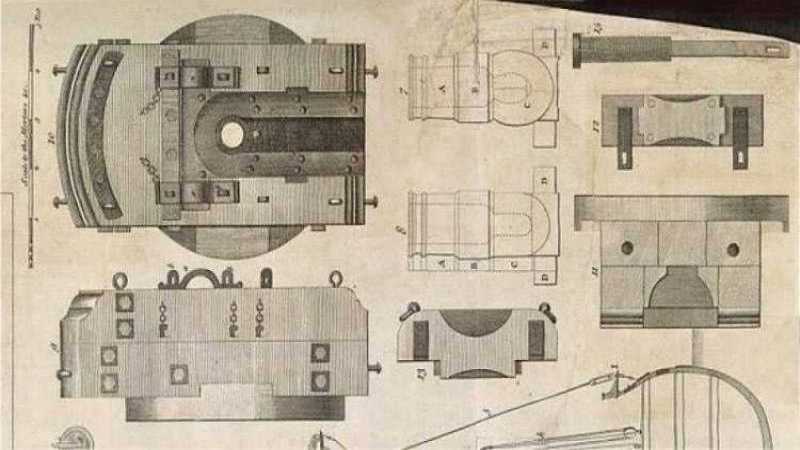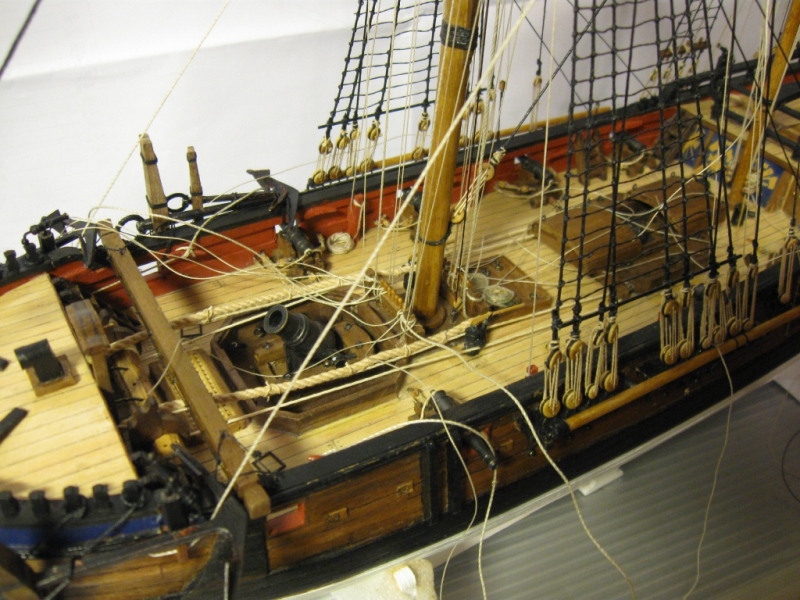I've seen these 18th/19th century large naval mortars before, and although I found them and their large heavy beds interesting I didn't give them a lot of attention, but upon now looking at the beds in the drawing and photos I started to wonder why there is an inlet portion that forms a duct going from the inletting where the breech of the mortar fits all the way to the front of the bed. I looked around on the net for awhile, and with the help of pics of model historic ships I'm making the guess that the front block that set the tube at 45° was removed, so that the mortar could be layed down flat in order for the wood cover/roof to be placed on the framework of the "mortar pit" to protect the piece from the weather when the ship was underway.
National Library of Australia

Caldercraft Scale Ship Models
